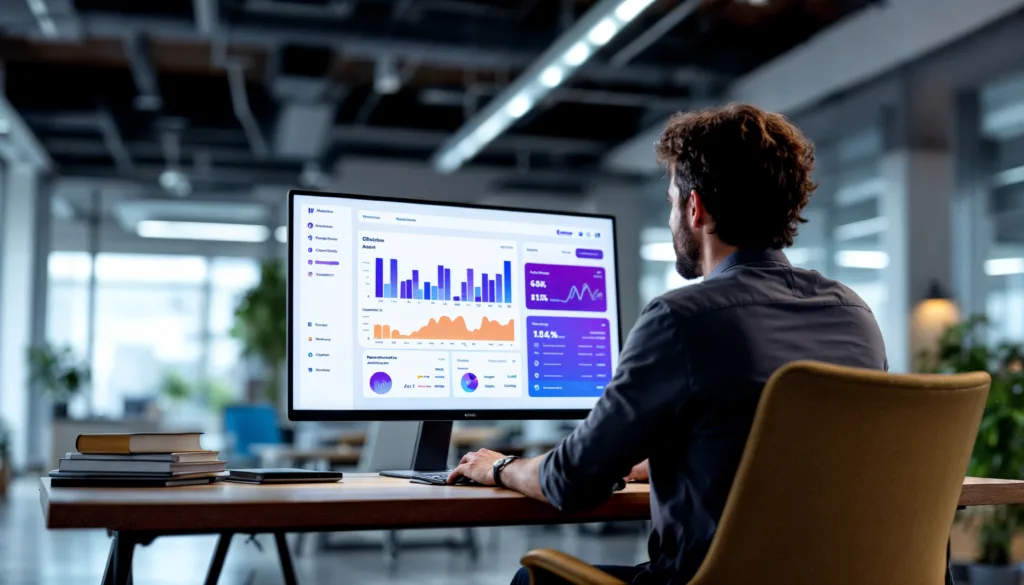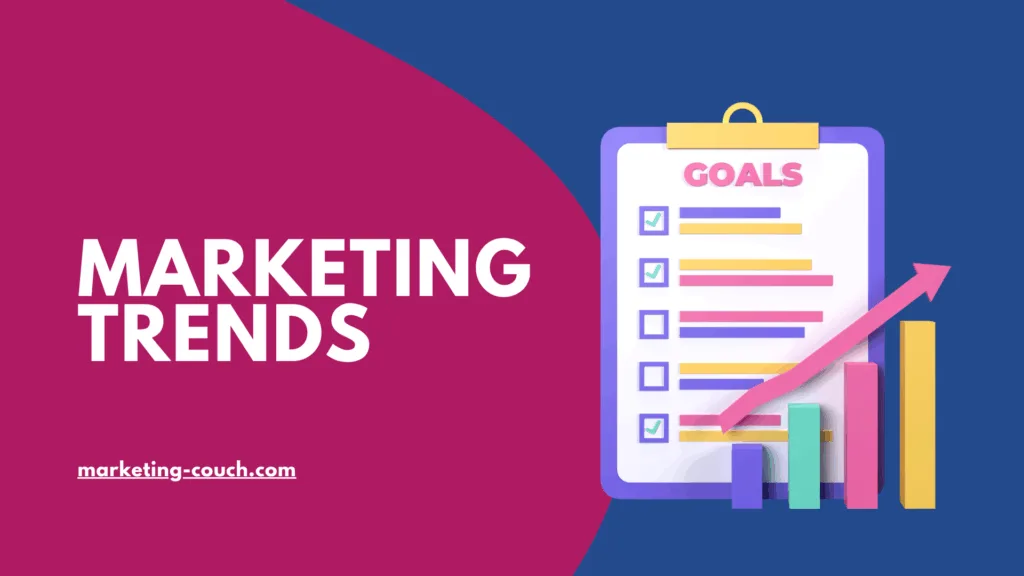Small businesses in Mumbai, Delhi, New York, and London often ask the same burning question: “How do we spend less but earn more from marketing?” The answer lies in a revolutionary approach that’s transforming how smart businesses allocate their marketing budgets in 2025.
Welcome to the world of performance marketing,where every rupee, dollar, or pound you invest is directly tied to measurable results. Unlike traditional marketing, where you pay for visibility, performance marketing ensures you only pay when your desired actions occur.
In this comprehensive guide, we’ll explore what performance marketing really means, how it’s revolutionizing small business growth in 2025, and the proven strategies to maximize your return on investment.
What Is Performance Marketing?
Performance marketing is a digital advertising strategy where businesses only pay when specific, measurable actions are completed, such as clicks, leads, sales, or app downloads. This results-driven approach eliminates the guesswork from marketing spend, ensuring every dollar works harder for your business.
Unlike traditional marketing, where you pay upfront for ad placements hoping for results, performance marketing operates on a pay-for-results model. You set clear objectives, launch targeted campaigns, and only pay when those objectives are met. This fundamental shift has made performance marketing the preferred choice for small businesses with limited marketing budgets.
The key difference lies in accountability. Traditional marketing focuses on brand awareness and reach, while performance marketing prioritizes measurable outcomes that directly impact your bottom line.
Why Performance Marketing Matters in 2025 for Small Businesses
The digital advertising landscape has evolved dramatically, with global digital ad spending projected to reach $876 billion in 2025. However, small businesses face unique challenges that make performance marketing not just beneficial but essential.
Rising Competition and Costs: Traditional advertising costs continue to skyrocket, making it increasingly difficult for small businesses in Mumbai, Pune, or New York to compete with larger corporations. Performance marketing levels the playing field by focusing on efficiency rather than budget size.
Economic Uncertainty: In 2025’s dynamic economic environment, small businesses need marketing strategies that deliver guaranteed returns. Performance marketing’s pay-for-results model provides the financial predictability that small business owners desperately need.
Advanced Targeting Capabilities: Modern performance marketing platforms offer sophisticated targeting options that allow businesses to reach their ideal customers with laser precision. Whether you’re targeting tech professionals in Bangalore or restaurant owners in London, you can ensure your message reaches the right audience at the right time.
Real-Time Optimization: Unlike traditional campaigns that require weeks to assess effectiveness, performance marketing provides instant feedback. This allows small businesses to quickly pivot strategies and maximize their return on investment.
Core Channels of Performance Marketing
Search Engine Marketing (SEM)
Google Ads remains the cornerstone of performance marketing, offering immediate visibility when potential customers search for your products or services. For small businesses, local search ads are particularly powerful. A restaurant in Delhi can target “best Italian food near me” and only pay when someone clicks their ad.
Pay-per-click (PPC) advertising allows precise budget control and targeting. You can start with as little as ₹5,000 per month in India or $500 in the US and scale based on results.
Social Media Advertising
Platforms like Facebook, Instagram, and LinkedIn offer sophisticated targeting options based on demographics, interests, and behaviors. A boutique in Jaipur can target fashion-conscious women aged 25-35 within a 10km radius, ensuring every advertising dollar reaches potential customers.
Facebook and Instagram Ads: Perfect for visual businesses like restaurants, fashion, and lifestyle brands. LinkedIn Ads: Ideal for B2B services targeting professionals in specific industries. TikTok Ads: Emerging platform with high engagement rates, particularly effective for reaching younger demographics.
Affiliate Marketing
Partner with other businesses or influencers who promote your products in exchange for a commission on successful sales. This channel is particularly effective because you only pay when a sale occurs, making it completely risk-free.
Email Marketing
Despite being one of the oldest digital marketing channels, email marketing consistently delivers the highest ROI. Advanced email marketing platforms now offer sophisticated automation and personalization capabilities that turn subscribers into customers.
Native Advertising and Display Remarketing
Reach potential customers who have previously visited your website through targeted display ads across the internet. This strategy keeps your brand top-of-mind and dramatically improves conversion rates.
How Performance Marketing Maximizes ROI
Pay for Measurable Results
The fundamental advantage of performance marketing lies in its accountability. Instead of paying for impressions or brand awareness, you pay for specific actions that directly contribute to your business goals.
Cost-Per-Click (CPC): Pay only when someone clicks your ad. Cost-Per-Lead (CPL): Pay only when someone provides their contact information. Cost-Per-Acquisition (CPA): Pay only when a sale is completed. Return on Ad Spend (ROAS): Measure revenue generated for every dollar spent
Real-Time Tracking and Optimization
Modern performance marketing platforms provide detailed analytics that show exactly how your campaigns perform. You can see which keywords drive the most conversions, which audiences respond best to your message, and which times of day generate the highest ROI.
This real-time feedback allows for continuous optimization. If a campaign targeting young professionals in Mumbai isn’t performing well, you can quickly adjust targeting parameters, ad creative, or bidding strategies without losing significant budget.
Scalable Campaigns
Performance marketing allows you to start small and scale successful campaigns. Begin with a modest budget to test different approaches, then invest more heavily in the strategies that deliver the best results. This scalability is particularly valuable for small businesses that need to prove ROI before making larger investments.
Advanced Audience Targeting
Artificial intelligence and machine learning have revolutionized audience targeting capabilities. Platforms can now identify patterns in customer behavior and automatically optimize campaigns to reach users most likely to convert.
Demographic Targeting: Age, gender, location, income level. Interest Targeting: Hobbies, preferences, online behavior. Behavioral Targeting: Previous purchase history, website interactions Lookalike Audiences: Find new customers similar to your best existing customers
Steps for Small Businesses to Get Started
Define Clear KPIs and Goals
Before launching any performance marketing campaign, establish specific, measurable objectives. Are you looking to generate leads, increase sales, drive website traffic, or boost brand awareness? Your goals will determine which performance marketing channels and strategies to prioritize.
Lead Generation Goals: Focus on CPL campaigns through search ads and social media Sales Goals: Prioritize conversion-optimized campaigns with strong ROAS metrics Brand Awareness Goals: Utilize cost-effective display advertising and social media reach campaigns
Choose the Right Channels
Not all performance marketing channels are suitable for every business. A local service business in Pune might benefit most from Google Local Ads, while an e-commerce fashion brand could see better results from Instagram advertising.
Consider your target audience’s behavior, your budget constraints, and your business model when selecting channels. Start with one or two channels, master them, then expand to additional platforms.
Set Realistic Budgets
Performance marketing allows you to control costs precisely, but setting realistic budgets is crucial for success. Research average costs in your industry and location—CPC rates vary significantly between Mumbai and New York, and between different business sectors.
Start with a test budget that allows for meaningful data collection without risking significant financial impact. A good rule of thumb is to allocate 5-10% of your monthly revenue to performance marketing initially.
Track and Optimize Continuously
Success in performance marketing requires ongoing attention and optimization. Set up proper tracking systems, monitor key metrics daily, and make data-driven adjustments regularly.
Use tools like Google Analytics, Facebook Pixel, and conversion tracking to understand which campaigns drive the best results. Regular optimization can improve campaign performance by 20-50% over time.
Partner with a Growth-Focused Agency
While performance marketing platforms are becoming more user-friendly, managing successful campaigns requires expertise in strategy, optimization, and analysis. Partnering with a specialized performance marketing agency can accelerate your results and prevent costly mistakes.
Look for agencies with proven track records in your industry and geographic market. A good performance marketing partner should provide transparent reporting, strategic guidance, and continuous optimization services.
Common Mistakes to Avoid
Running Campaigns Without Clear KPIs
Many small businesses launch performance marketing campaigns without defining specific success metrics. This leads to unfocused efforts and makes it impossible to measure ROI effectively.
Ignoring Conversion Optimization
Driving traffic to your website is only half the battle. If your landing pages don’t convert visitors into customers, even the best-targeted campaigns will fail to deliver ROI.
Copy-Pasting Competitor Strategies
What works for one business may not work for another. Instead of copying competitor campaigns, focus on understanding your unique value proposition and target audience needs.
Not Tracking ROI Properly
Without proper tracking systems, you can’t identify which campaigns generate the best returns. Implement comprehensive analytics from day one to make data-driven decisions.
Setting Unrealistic Expectations
Performance marketing delivers results, but success rarely happens overnight. Give campaigns time to gather data and optimize before making major strategic changes.
Ready to transform your marketing budget into a profit-generating machine? Marketing Couch specializes in results-driven performance marketing strategies that help small businesses achieve measurable growth. Our team of experts will analyze your business goals, identify the most effective channels, and create customized campaigns that deliver real ROI.
Book your free performance marketing consultation with Marketing Couch today and discover how to turn every marketing dollar into measurable business growth.
Faqs
A Delhi restaurant running Google Ads, where they only pay ₹50 when someone clicks and makes a reservation. They generate ₹500 per conversion, achieving 10x ROI.
Yes, because you only pay when results happe,n clicks, leads, or sales. No upfront costs with uncertain outcomes like traditional advertising
Performance marketing is results-focused digital marketing where you pay only for specific actions. Digital marketing includes all online activities regardless of payment structure.
Google Ads and Facebook/Instagram deliver consistent results across industries. LinkedIn works for B2B, while TikTok targets younger consumer demographics effectively.
No marketing can guarantee sales, but performance marketing improves success rates significantly. Results depend on product quality, pricing, and market demand.







